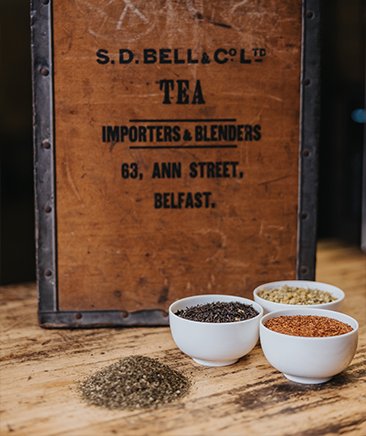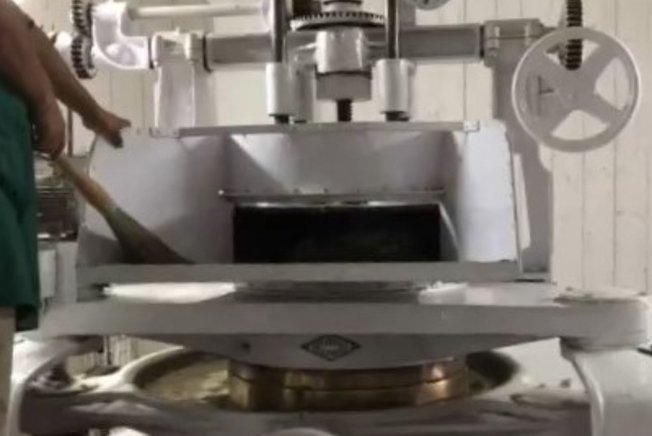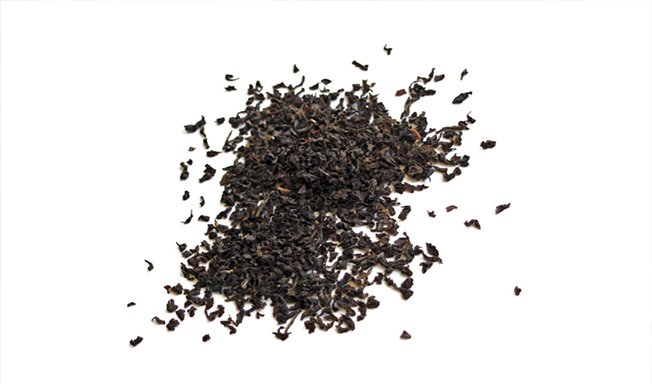The S. D. Bells guide to tea tasting and production
Technically, tea is grown from the Camellia Sinensis var. sinensis (Chinese camellia), or larger-leafed Camellia Sinensis var. assamensis tree. It is a close relative of, and looks very like the common Camellia bush in many domestic gardens!
S.D. Bell’s use only Orthodox leaf for our loose-leaf teas. These larger-leaf teas are generally more rare and more expensive to produce than the mass produced CTC teas, which are milled into small particles to give a strong liquor and dark colour, but which lose their character and flavour as a result. CTCs are used predominantly in teabags, including those from SD Bell’s.


Rolling Table

Typical leaf gradings:
Broken Leaf Broken leaf teas produce a darker cup and infuse faster than whole leaf teas.

